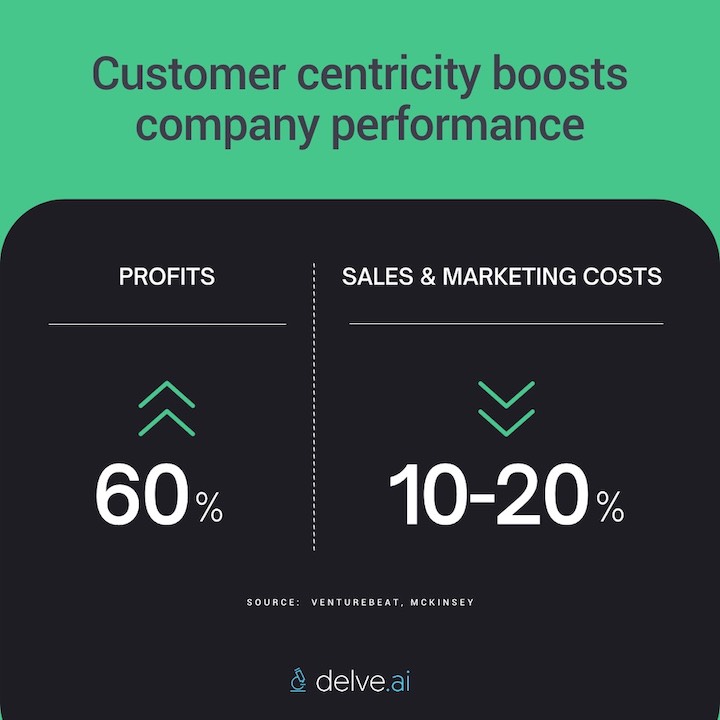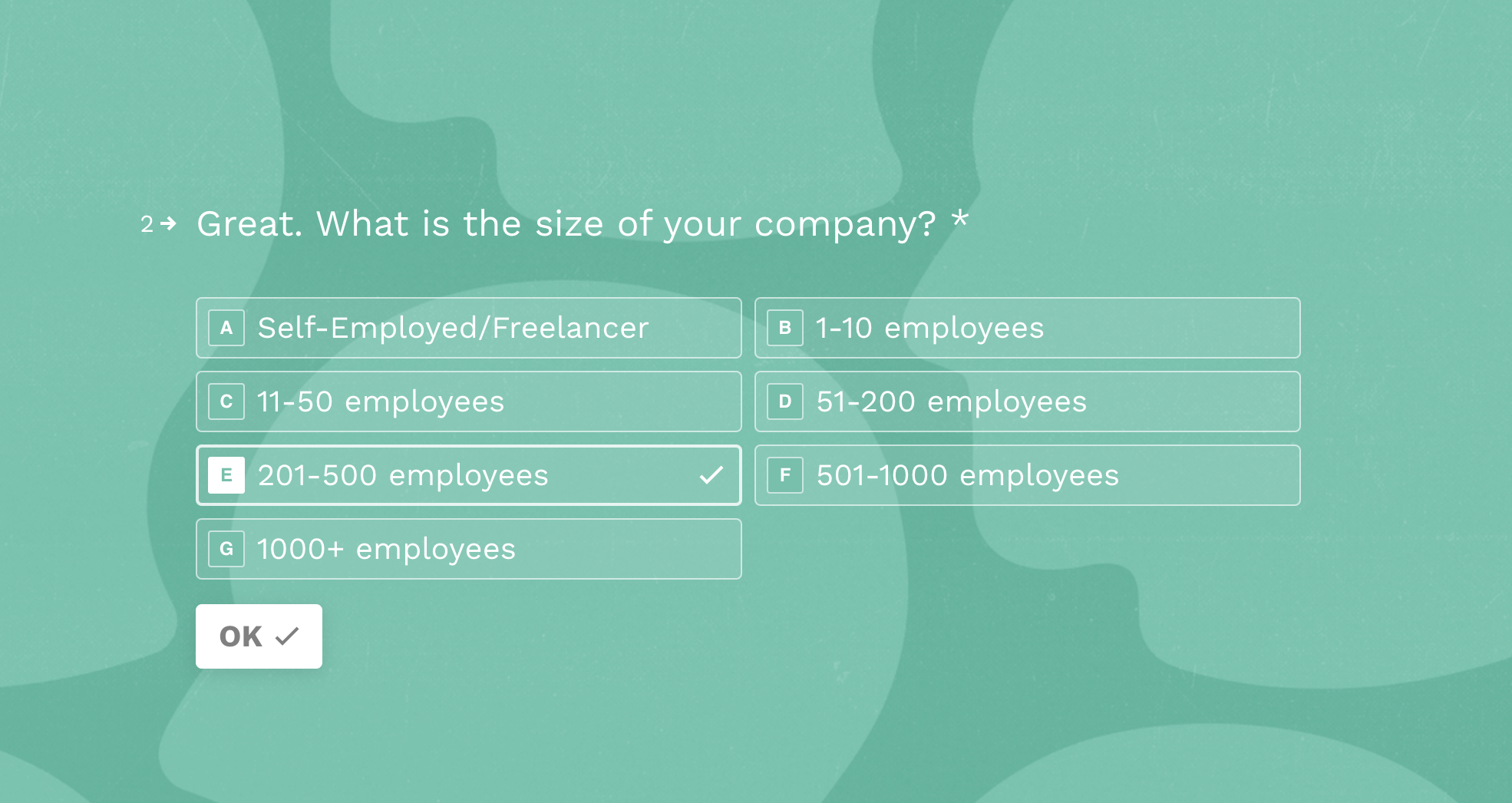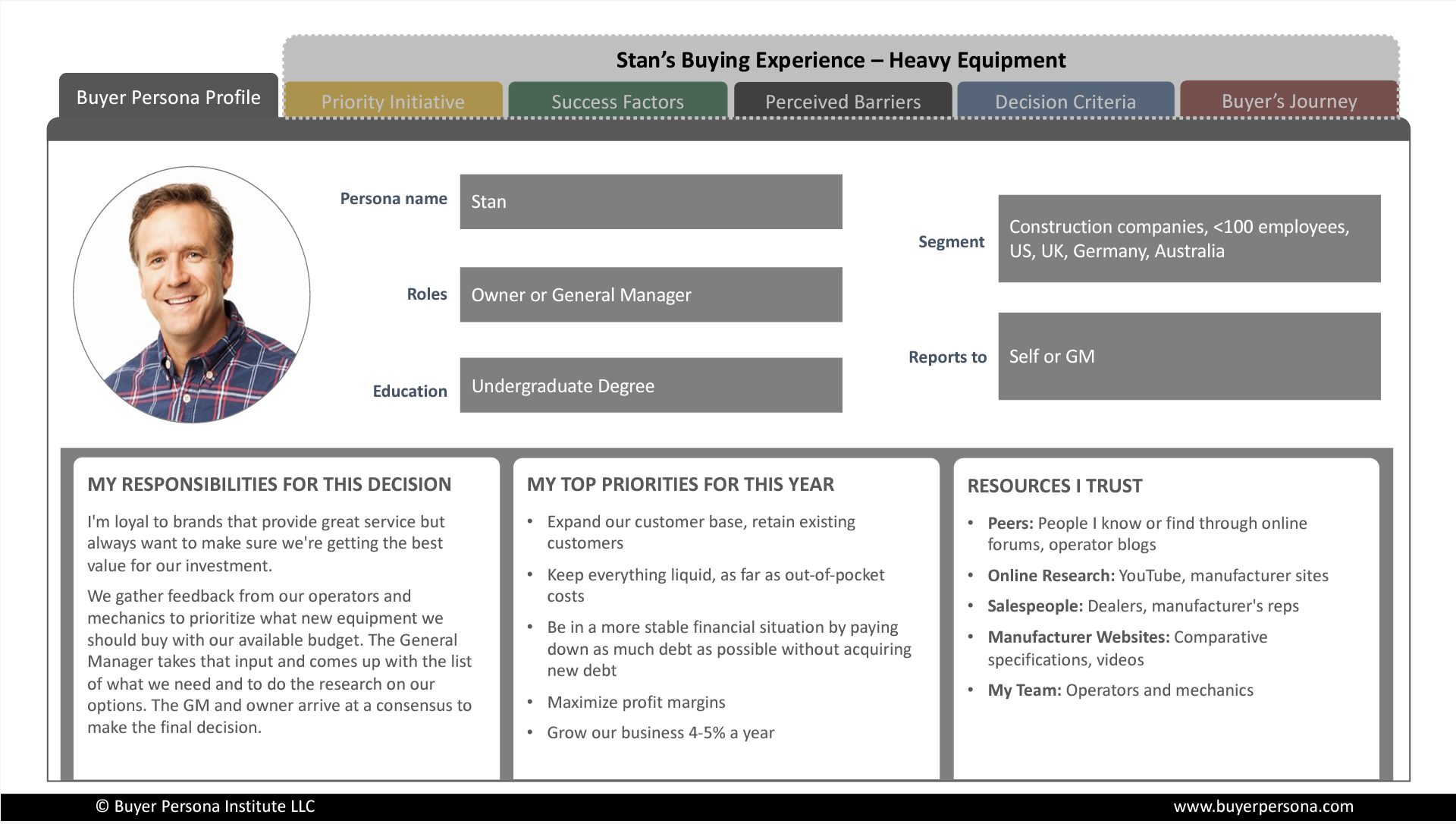Strategy
Crafting the Perfect Buyer Persona: A Step-by-Step Guide
Love them or hate them, buyer personas are key to creating successful marketing strategies and effective content. By understanding the needs, wants, and behaviors of your ideal customers, you can tailor your messaging and campaigns to better resonate with them.
But here’s the catch: Developing buyer personas requires research, analysis, and attention to detail.
The good news is that if you’re willing to invest the effort, the result will yield a powerful tool in your content toolbox.
What Is a Buyer Persona?
A buyer persona is a detailed profile of a company’s ideal customer. Marketers base these personas on research and data about their actual consumers and use them to understand their needs, pain points, goals, and behaviors. Personas typically include information such as age, gender, education level, job title(s), income, interests, and quotes from real customers or prospects.
The trick here is to only include information that’s actually important to know. A well-crafted buyer persona based on research and data can help you:
- Understand your customer’s goals, challenges, and pain points
- Create content that resonates with your target audience
- Tailor your marketing campaigns to your customer’s needs
- Improve your customer experience
Why Are Personas Important for Your Content Strategy?
With a deep understanding of your ideal customers, you can craft messages that resonate with them and address their specific challenges. This, in turn, leads to higher conversion rates, increased brand loyalty, and a better return on investment for your marketing efforts.
Sometimes, knowing your customers can enact social change as well as increase brand affinity. Dove partnered with Twitter to launch the #SpeakBeauiful campaign after research uncovered that in one year, women posted 5 million negative beauty tweets, with four out of five being about themselves. The campaign encouraged women to join Dove on the mission to turn to more positive and accepting beauty messages.
The message resonated with women, resulting in the following:
- 36.8 percent year-over-year decrease in negative tweets
- 800 million social media impressions of the campaign
- 17 percent increase in brand sentiment
Achieving a deep understanding of your ideal customers requires significant time and effort. To shortcut that process, companies often make assumptions about their buyers, basing their personas on stereotypes or generalities rather than on actual data.
The problem is this often leads to marketing campaigns that don’t reach the right target audience, missing out on potential sales and creating a misguided narrative about who their product or services appeal to.
For example, diaper brand Huggies landed in hot water for their portrayal of dads as ill-prepared, unskilled caregivers when moms aren’t around. While the idea may have simply been playing off of a common stereotype, real dads within their customer base weren’t amused.
The more accurate the company’s understanding of its audience, the better chance it has of making an impact with its messaging and products.
Four-Step Guide to Building Data-Backed Personas
Product marketing teams are typically responsible for creating buyer personas in large organizations. However, in smaller companies, content teams may need to take on this task themselves. In that case, SugarCRM suggests partnering with your sales team to gain valuable insights. Sales reps can provide information on common questions or objections they encounter and also allow you to listen in to real-time calls to get a sense of how customers make their buying decisions.
Whether you are a product marketer or a content marketer, here is a step-by-step guide on how to create effective buyer personas.
1. Conduct Market Research
Market research involves gathering information about your target audience and their behaviors. This can include exercises like conducting surveys, social listening, analyzing win/loss data, and interviewing customers. The goal is to gain insights and empathy into your customers’ needs, interests, and pain points. Some of the most effective methods to gain those insights include the following.
Surveys
Surveys are an excellent way to gather both qualitative and quantitative data throughout the buyer journey, especially since there are so many distribution channels you can use. Tools like SurveyMonkey, Typeform, or Google Forms, make it easy to create engaging surveys, some of which offer pre-designed templates.
Be sure to ask questions that will help you understand their needs, challenges, desires, and preferences. You can also use website analytics to gain insight into your audience’s behavior patterns, such as how long they stay on your site, which pages they visit, and which buttons they click on.
Social Listening and Voice-of-Customer Research
Social media listening involves monitoring social media channels for mentions of your brand, products, or services to observe audience engagement and sentiments about your brand. You can use social media monitoring tools like Hootsuite, Sprout Social, or Brandwatch to track social media conversations and identify trends and patterns.
Plus, voice-of-customer research can help both B2B and B2C companies uncover surprising insights about prospects and customers in their own words. Review mining on sites like Amazon or G2 and explore conversations on message boards like Reddit to reveal treasure troves of data.

If your company sells vacuum cleaners, for example, discussions like this can tell you exactly what your audience wants in a vacuum, what their purchase process looks like, and the exact language they use. In turn, you can weave some of that language into your marketing content.
Customer Interviews
Interviews are a more qualitative method of gathering data about your customers. You can conduct one-on-one interviews with customers or potential customers to get a deeper understanding of their needs and behaviors. Make sure to prepare a list of open-ended questions to guide the conversation, but let it unfold naturally. Avoid asking leading questions that may bias the customer’s response.
Analyze Win/Loss Data
To conduct a win/loss analysis, you can survey customers who have recently purchased your product/service or opted not to. Ask questions about why they chose to buy or not buy and what factors influenced their decision. You can also analyze sales data to identify patterns or trends in customer behavior.
2. Identify Patterns and Trends
Once you’ve gathered data about your customers, it’s time to analyze and segment it. Look for patterns and trends in the data to identify commonalities among your customers. You can segment your customers based on demographic information, such as age and gender, or psychographic information, such as interests and behaviors. This will help you create more specific buyer personas.
If you were gathering data about why people join martial arts schools, for example, you would likely have varying reasons like:
- Become healthier
- Looking for an alternative to boring gym workouts
- Gain confidence and learn self-defense
- Stay active while being social
The content you create to engage these diverse groups will be very different, so grouping them accordingly and creating separate personas result in more targeted messaging.
3. Create a Persona Template
Now that you’ve segmented your data into unique groupings, it’s time to create a template and write (finally)! You can choose to design a custom template or use one of the many available online.
Some are comprehensive, like The Buyer Persona Institute’s example, while others are more of a snapshot, like HubSpot’s Make My Persona tool.
When developing your buyer personas, it’s essential to make them as realistic as possible. Use the data you have gathered to create personas that accurately represent your target audience. Give your personas names, job titles, and other personal details that make them feel like real people.
4. Validate and Refine Your Personas
It’s important to test and refine your buyer personas over time to ensure they remain accurate and effective. You can do this by:
- Gathering feedback from your actual customers to see if your personas align with their needs and behaviors
- Analyzing the results of your marketing campaigns to see if they’re resonating with your target audience
- Updating your personas as your target audience evolves
Using Personas in Your Marketing Strategy
Using buyer personas in your content strategy can help you tailor your content to specific audience segments and ultimately drive better results. In fact, a benchmark study found that 71 percent of companies that surpass their revenue and lead objectives have documented personas they rely on. With the right approach, creating data-backed buyer personas can improve your content strategy and drive increased business success.
Subscribe to The Content Strategist Newsletter to strengthen your content strategy with weekly insights and trends.
Image by Planet FlemGet better at your job right now.
Read our monthly newsletter to master content marketing. It’s made for marketers, creators, and everyone in between.








